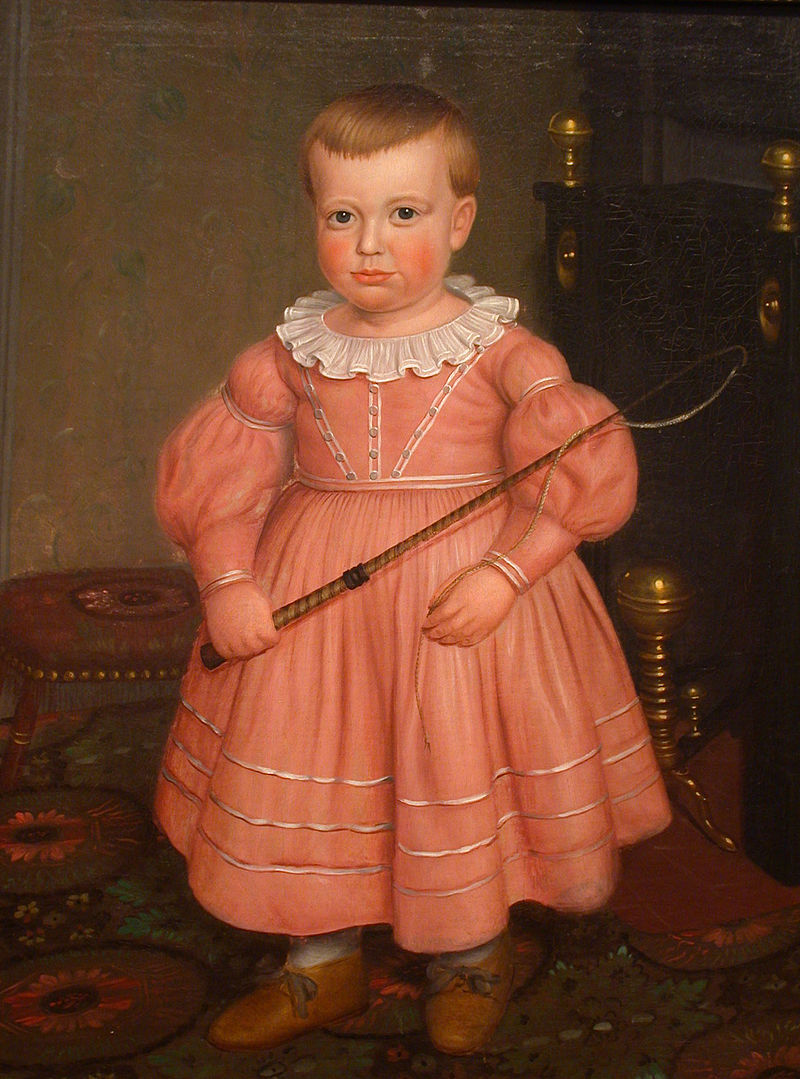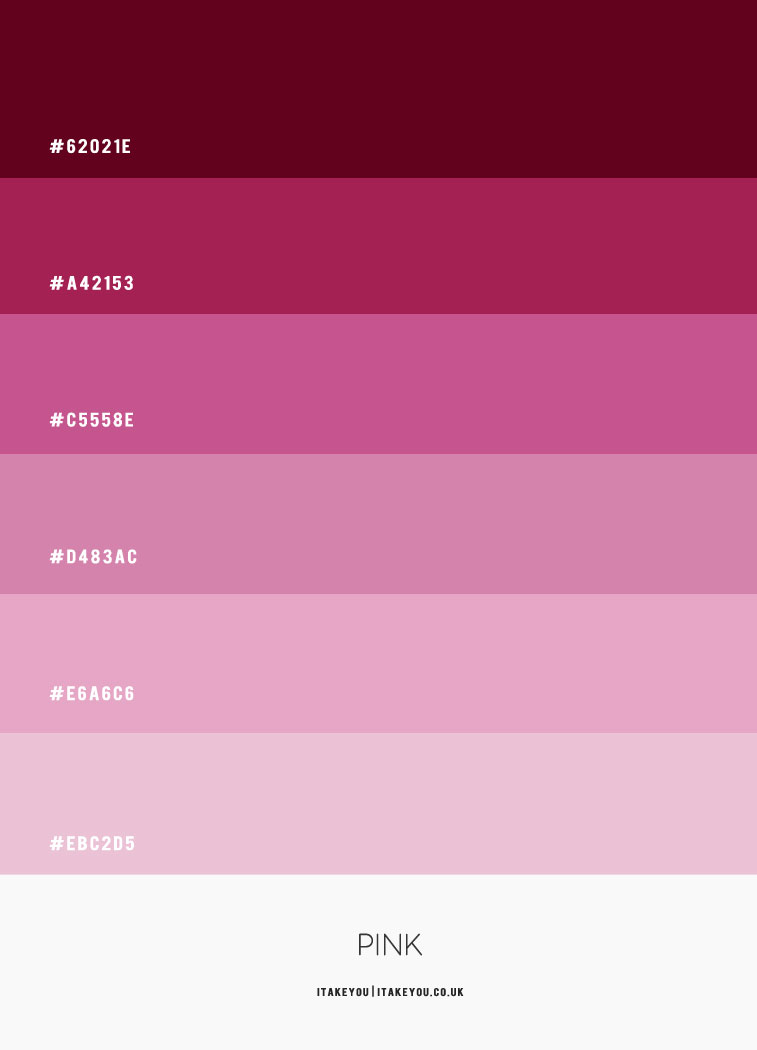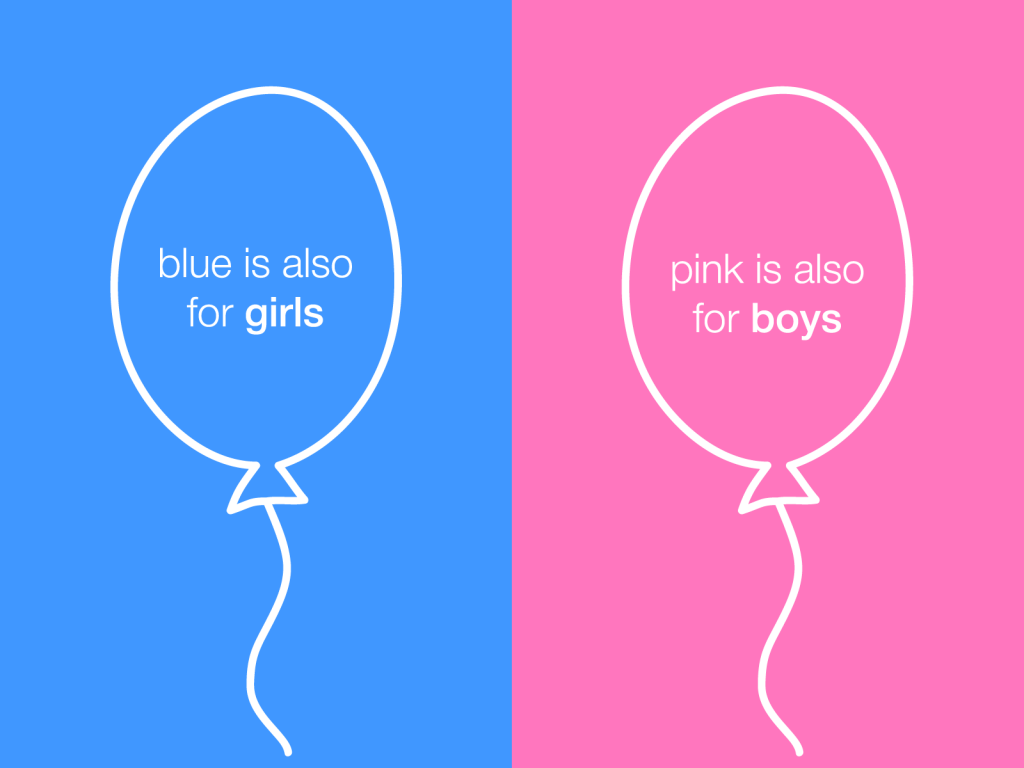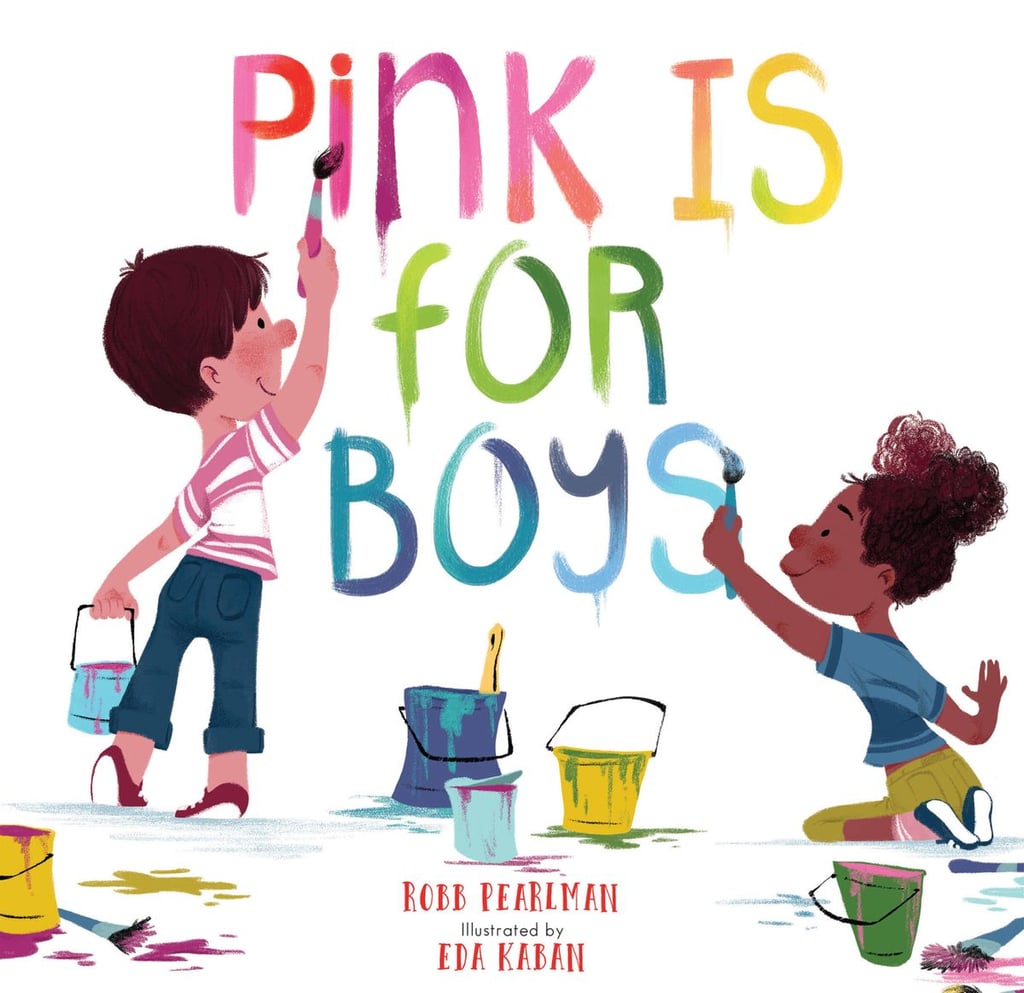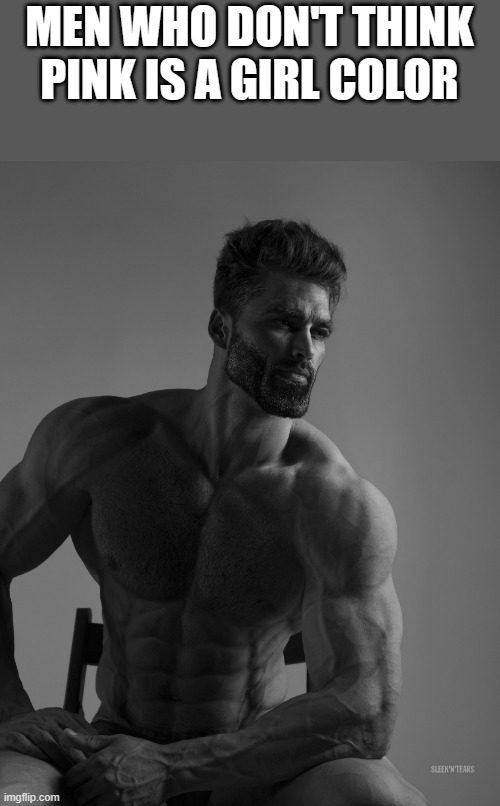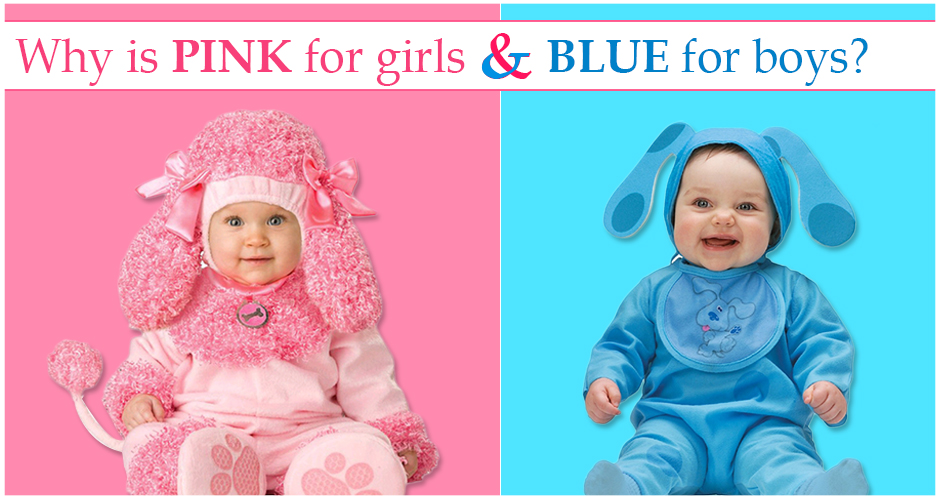Perfect Info About Is Pink Originally A Boy Color How To Cut Shoulder Length Hair At Home
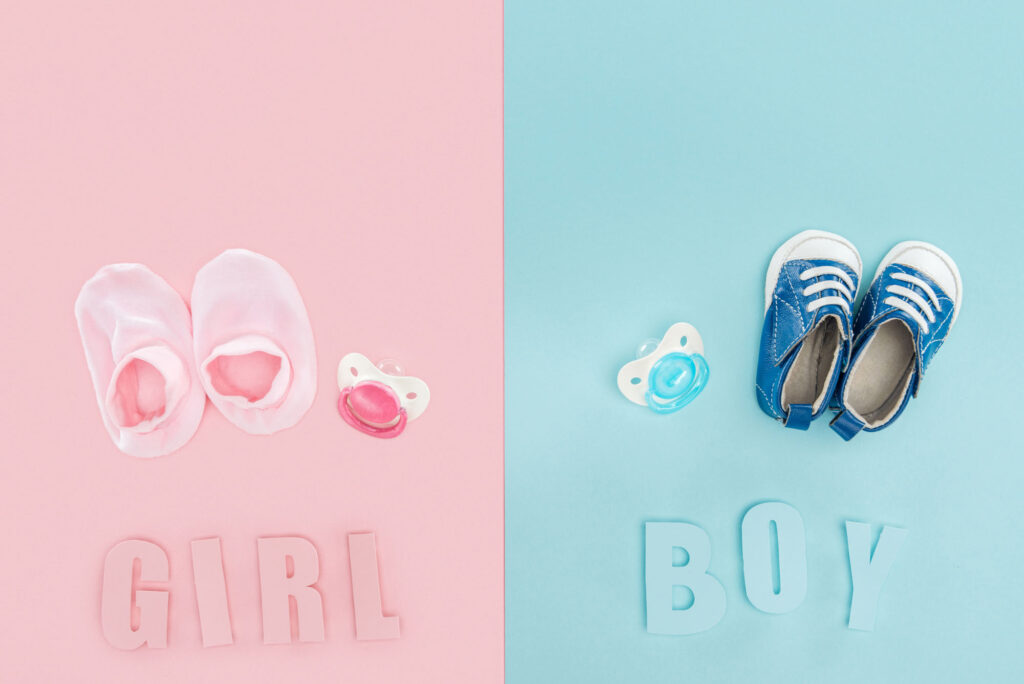
The current tradition in the united states (and an unknown number of other countries) is pink for girls, blue for boys.
Is pink originally a boy color. For instance, hot pink stands for sexuality while red represents life and vitality. Right around the time when men were incited to wear brighter colors, one color began to be singled out as the most feminine of all: Curator michelle finamore says a painting in the exhibit.
The short answer is no. The idea that pink was one a specifically male color is a misconception, which most likely came about because pop sources reporting on jo paoletti's pink and blue: However, the pastel shade has also long evoked health.
Pink and blue were used together as baby colors. Pink was once considered to be for boys (seriously)! We see this rigid dichotomy everywhere, from greetings cards to children’s clothes.
A couple of different aspects affected the ultimate designation of pink for girls. The warm orange hue represents healing, and the radiance and brightness of the sun are conveyed in yellow. But what about the idea that a century ago little boys were dressed in pink and pink for girls is only a recent fashion?
We’re living in fluid times in terms of gender designations for babies. In boston, filene’s told parents to dress boys in pink. Pink is a pale red color that owns its name to the flower with the same name, pink, also known as dianthus.
Contrary to what people think today, it was predominantly men who wore pink in the 18 th century. Since at least the 19th century, the colours pink and blue have been used to indicate gender, particularly for babies and young children. Pink for boys?
In actuality, there was no concept of a. The five stripes, colored pink, white, purple, black and blue, represent different places on. Some argued that pink was a close relative of red, which was seen as a fiery, manly color.
In 1918, an article from a trade publication called earnshaw’s infants’ department, declared that, since it was derived from red, “pink is for the boys, and blue for the girls. In old catalogs and books, pink was the color for little boys, said leatrice eiseman, a color expert and executive director of the. Steele says pink was initially considered slightly masculine as a diminutive of red, which was thought to be a warlike color.
For years, we’ve all lived and operated in a world where pink is traditionally seen as a feminine color, while blue is reserved for boys. Pink was once a boy’s color, but it became feminized when it was associated with girls, according to a recent study by academics at the university of arizona. Back in the 1700s, men and women wore pink.
Originally worn by men. Pink was seen as a kind of boyish version of the masculine colour red. The color pink had long been a favorite in children’s fashion.
